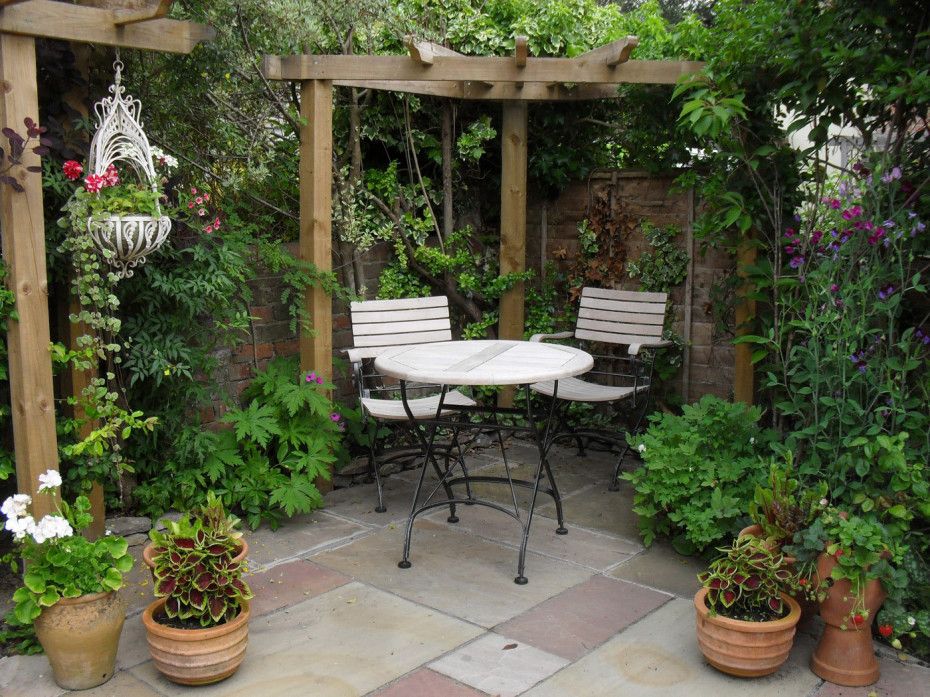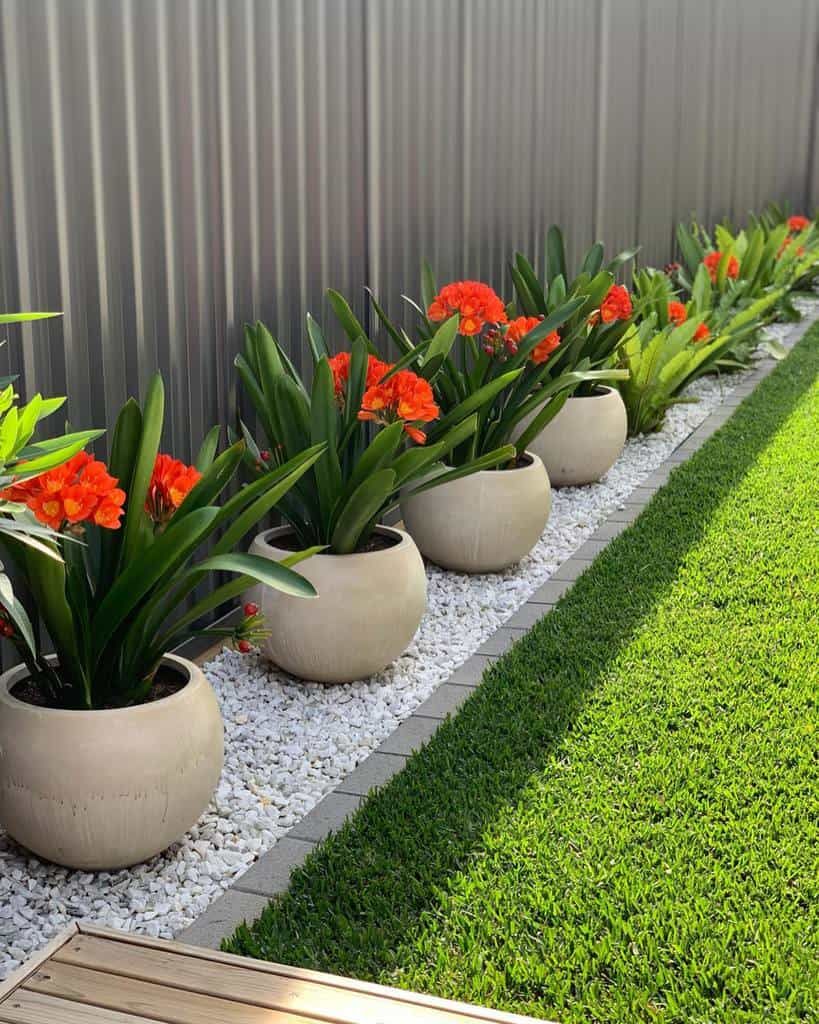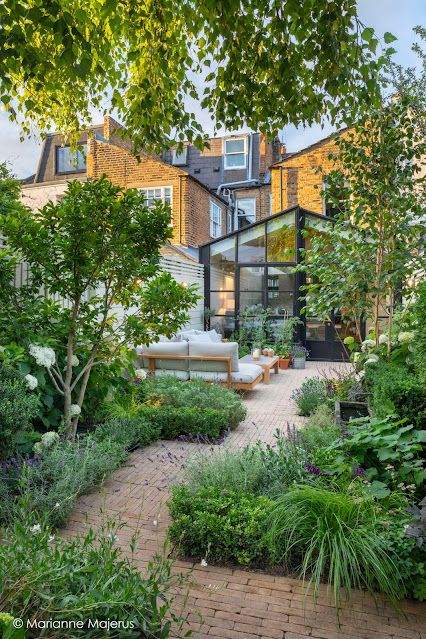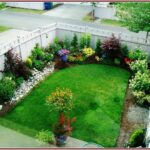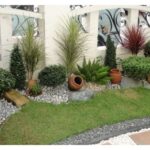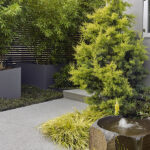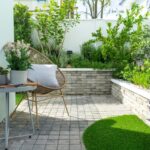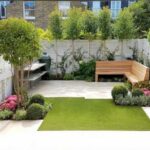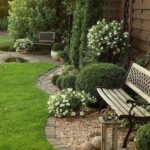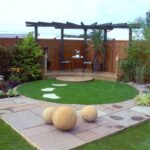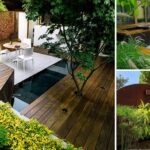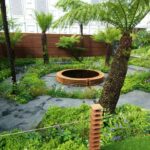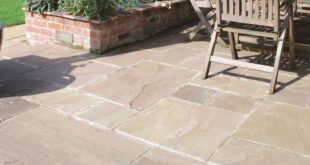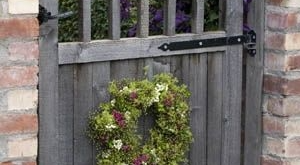Small garden landscape design is an art form that requires creativity, careful planning, and attention to detail. In a small outdoor space, every square inch counts, so maximizing the use of space is essential. There are several key principles to keep in mind when designing a small garden, including creating different zones, using vertical space, incorporating scale and proportion, selecting the right plants, and adding visual interest through textures and colors.
One important aspect of small garden design is creating different zones within the space. By dividing the garden into separate areas, such as a dining area, a seating area, and a plant display area, you can make the most of the space available. Use elements like pergolas, fences, or planters to define the different zones and create a sense of flow and cohesion throughout the garden.
Another key principle in small garden design is utilizing vertical space. By incorporating elements like trellises, hanging planters, or wall-mounted shelves, you can add greenery and interest to your garden without taking up valuable ground space. Vertical gardening not only adds visual appeal but also helps to create a sense of depth in a small garden.
Scale and proportion are important considerations in small garden design. Choose furniture, planters, and other elements that are appropriately sized for the space, so that they don’t overwhelm or crowd the area. In a small garden, less is often more, so opt for a few carefully curated pieces rather than cluttering the space with too many objects.
Selecting the right plants is crucial in small garden design. Choose plants that are well-suited to the conditions in your garden, such as the amount of sunlight, soil type, and moisture levels. Consider using a mix of different plant types, including trees, shrubs, perennials, and annuals, to create a balanced and harmonious garden that provides interest throughout the year.
Adding visual interest through textures and colors is a key component of small garden design. Mix and match different plant shapes, sizes, and textures to create a dynamic and visually engaging garden. Consider using contrasting colors to create focal points or to draw the eye to specific areas of the garden.
In conclusion, small garden landscape design requires careful planning and attention to detail. By incorporating different zones, utilizing vertical space, considering scale and proportion, selecting the right plants, and adding visual interest through textures and colors, you can create a beautiful and functional outdoor space that maximizes the potential of a small garden. With a little creativity and imagination, even the tiniest of spaces can be transformed into a lush and inviting garden retreat.
 yishifashion Where Outdoor Dreams Become Reality
yishifashion Where Outdoor Dreams Become Reality
